Cold snap across Australia on the eve of the winter solstice sends shivers down our spines
Much of Australia has shivered through the coldest morning of the year on the eve of the winter solstice. But what makes our bodies shiver when the temperature drops?
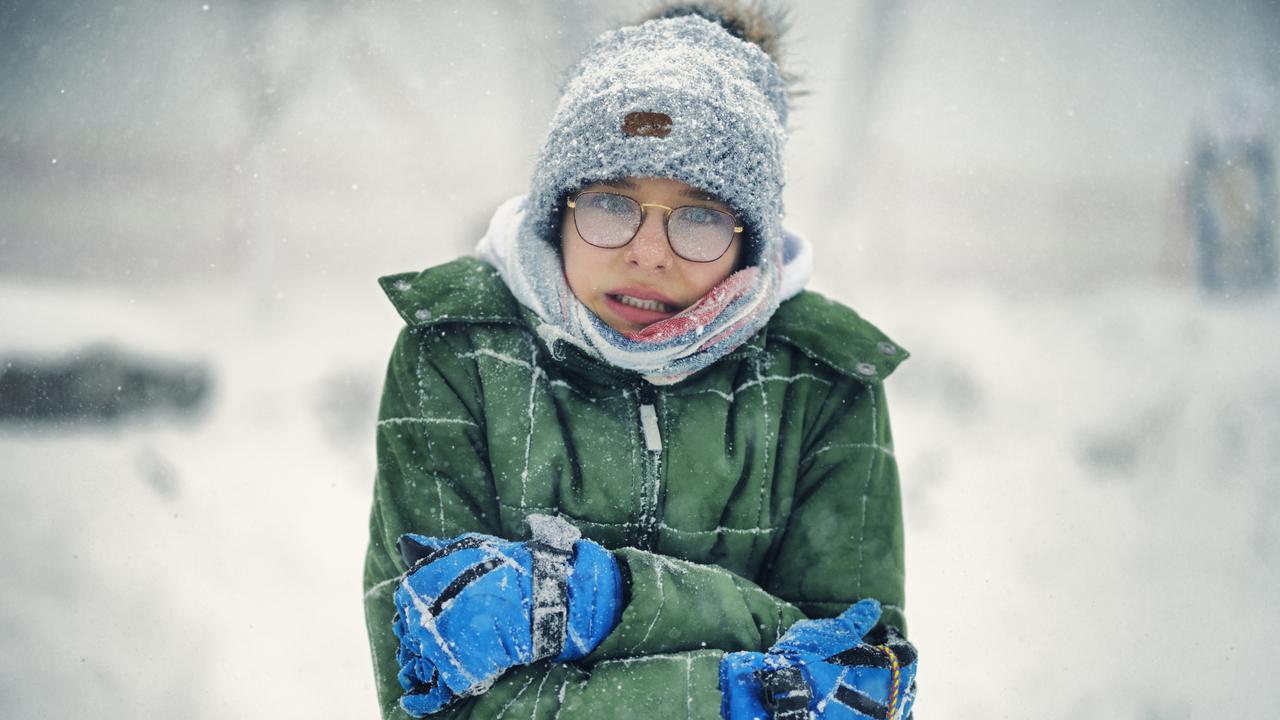
READING LEVEL: GREEN
Australians have shivered through one of the coldest mornings of the year this week as a cold blast sent the temperature plunging* across the nation.
For those in Sydney and Melbourne, Wednesday was the chilliest morning of 2024 with temperatures sitting at just 7C and 1.6C respectively*. However, the “feels-like” temperature felt more like zero degrees thanks to bitter* winds.
Freezing temperatures also hit Tasmania, the ACT, and Queensland.
Bureau of Meteorology meteorologist* Christie Johnson said a large, low-pressure system out in the Tasman Sea was driving polar* air from Antarctica up over eastern Australia.
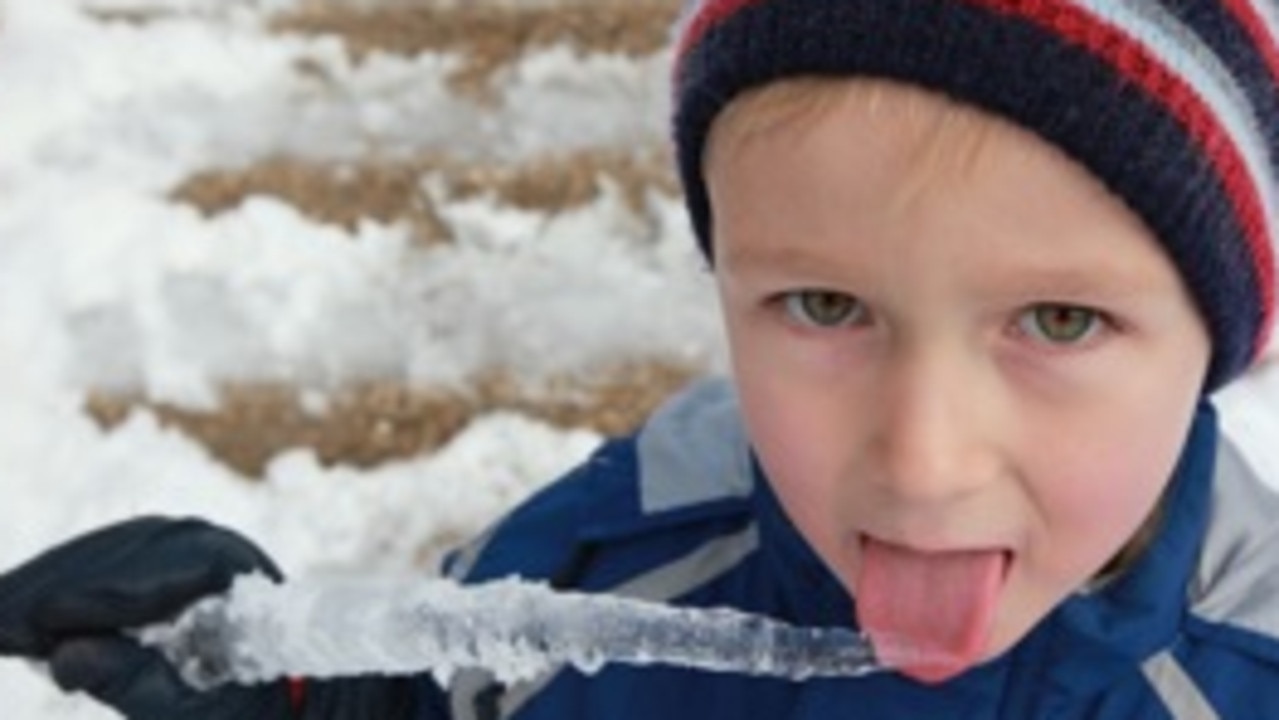
The tiny outback town of Tambo, with just 200 people, recorded Queensland’s coldest temperature so far this year – a brutal* -5.6C – while frost blanketed the state’s normally hot tropics.
Other spots in the Sunshine State were feeling the chill. Biloela in central Queensland recorded its coldest June day in 42 years, dropping to -3.4C.
Yesterday, Oakey near Toowoomba was brutally cold at -3.3C with a feels-like temperature of -7.1C, while Warwick, which is southeast of Brisbane, was down to -3.4C, but felt like -7C.
Widespread frost is expected to develop over the weekend, covering much of eastern Australia and extending into South Australia and the southern part of the Northern Territory.

WINTER SOLSTICE SWIM
If you think it’s cold heading to school in this weather, spare a thought for a team of courageous Australians in Antarctica who will swim in freezing waters between -5C and -25C on Friday.
The swim forms part of winter solstice celebrations at Davis Station, one of three research stations on the giant continent that forms part of the Australian Antarctic Program.
The winter solstice occurs when the South Pole is tilted the furthest away from the Sun and it marks the shortest day of the year.
For the 28 Australians at Davis Station for the winter, the solstice is like “Christmas” in Antarctica.
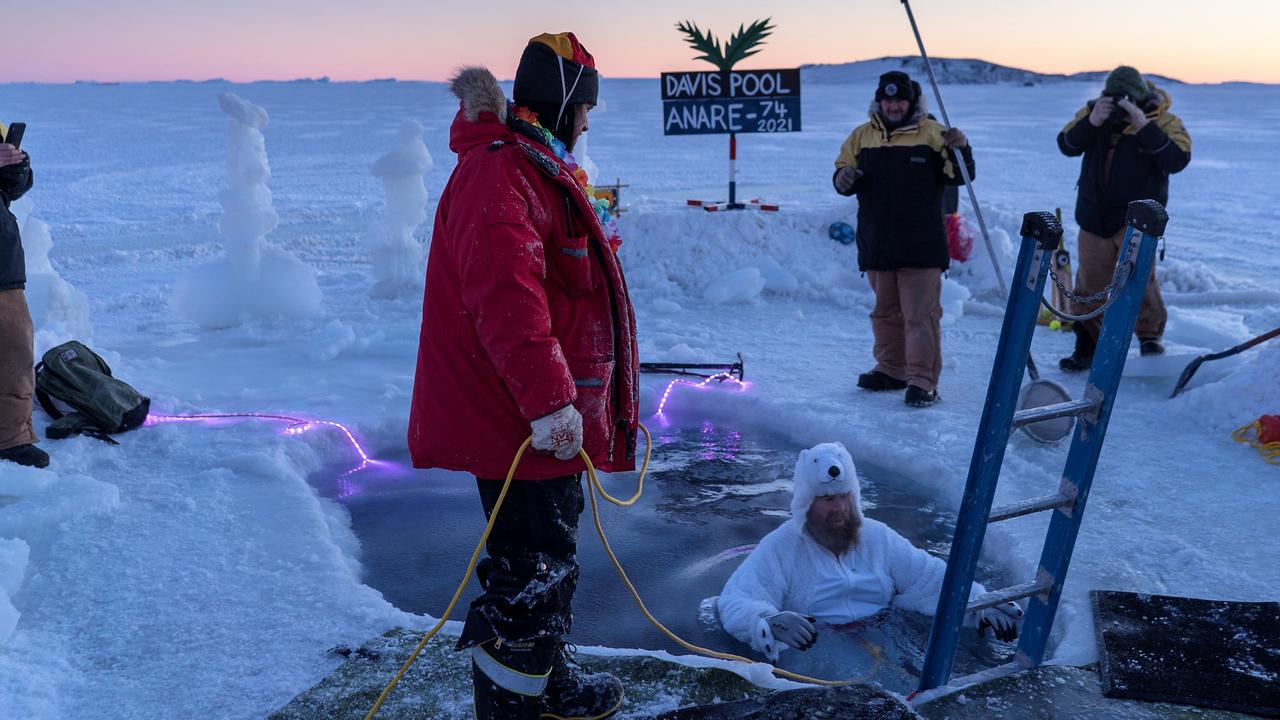
Station leader Brett Barlee said a team would take a chainsaw the day before and cut out a 2m block of ice to access the water.
“We’re given the opportunity to ‘take the plunge’ as it were,” he said with a laugh.
Mr Barlee said the swimmers all had medical checks before the -2 degree plunge.
He said it’s not so much a swim but more like “bobbing up and down like an apple in a barrel” before covering their shivering bodies in a fluffy towel and dashing back to the warmth.
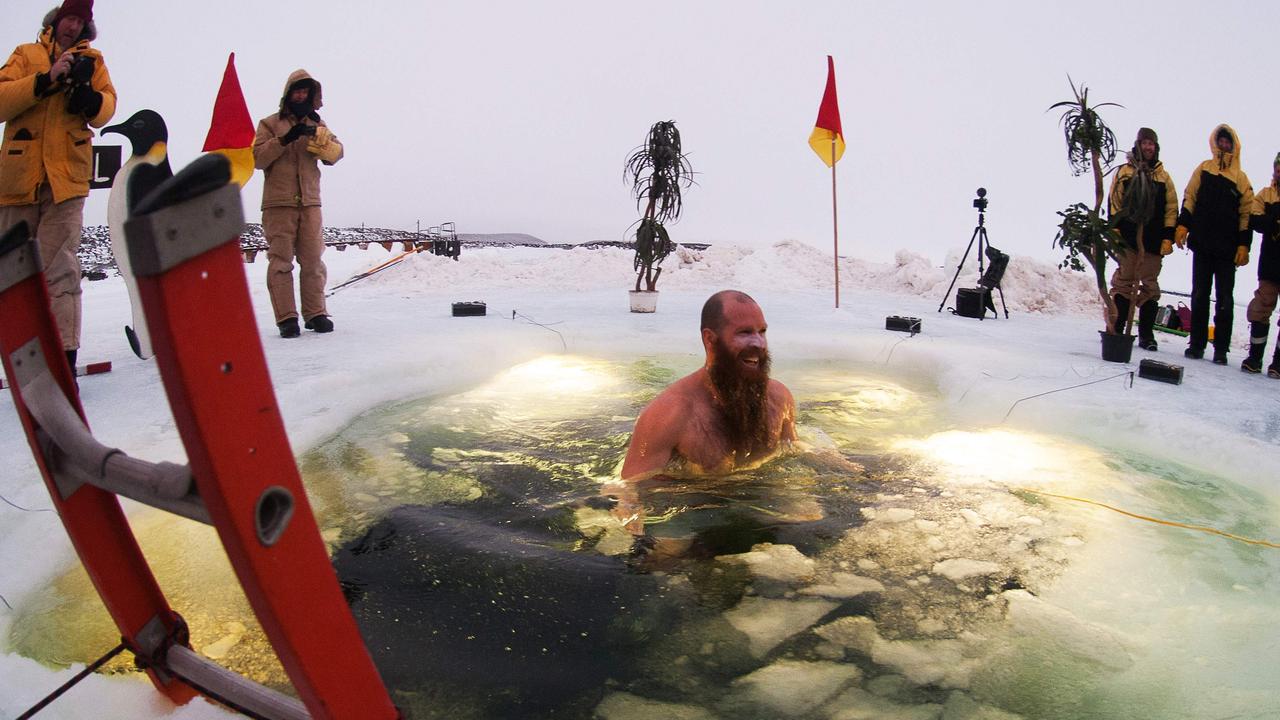
WHY WE SHIVER WHEN WE’RE COLD
The human body controls its responses to heat, cold, stress, infection, and other conditions without us even having to think about it.
When we get cold, we shiver automatically.
A shiver is caused by our muscles tightening and relaxing very quickly. This involuntary* muscle movement is our body’s natural response to getting colder and trying to warm up.
Visible shivering can increase your body’s surface heat, but it will only warm you up for so long. Within a few hours, your muscles will run out of glucose (sugar) for fuel, and will become too tired to tighten and relax.

Each person has their own temperature at which shivering starts. Children without much body fat may begin shivering in warmer temperatures than an adult with more body fat.
Your sensitivity* to cold can also change with age or with certain health conditions.
Wind or water on your skin can also make you feel colder and make you start to shiver.
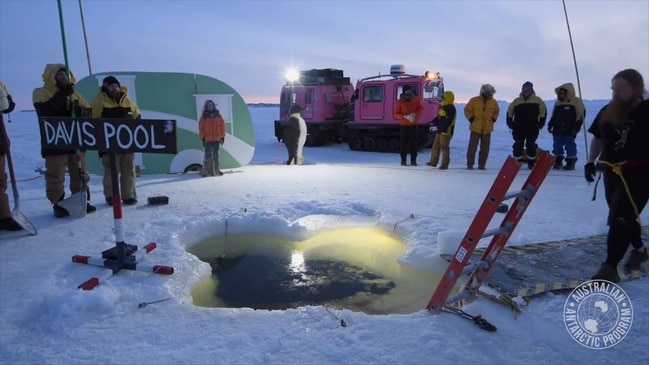
GLOSSARY
- plunging: dropping suddenly
- respectively: individually and in the order already mentioned
- bitter: extreme or unpleasant
- meteorologist: an expert on the weather
- polar: relating to the North or South Pole
- brutal: unpleasant
- involuntary: happens without our control
- sensitivity: responding to something
EXTRA READING
Bird flu strikes mainland Antarctica
How cold was it in the coldest part of the Ice Age?
‘Ice pirate’ plots to ‘steal’ a massive iceberg
QUICK QUIZ
- What caused the cold snap across Australia?
- What rare weather feature hit the tropics of Queensland?
- What is the winter solstice?
- How cold will the water be for the Davis Station dip?
- What involuntary action causes us to shiver?
LISTEN TO THIS STORY
CLASSROOM ACTIVITIES
1. Take the plunge!
What would it feel like to be part of the winter solstice swim in Antarctica?
Imagine that you are one of the Australians who is taking the plunge! Write a story about it. Your purpose is to help your readers understand exactly what it is like.
Time: allow at least 20 minutes to complete this activity
Curriculum Links: English
2. Extension
Create a diagram that will help younger kids understand why the weather is so cold. Use information in the story and perhaps your research skills to help you.
Time: allow at least 45 minutes to complete this activity
Curriculum Links: English, Geography, Science
VCOP ACTIVITY
Conjunctions
Conjunctions are important in connecting ideas in a text and improving its flow. They help to join sentences, clauses or phrases to create a coherent and meaningful text.
Co-ordinating conjunctions are used to connect equal ideas or phrases – for example: and, but, or, so, yet, nor.
Subordinating conjunctions are connecting words or phrases that join a subordinating clause to the main idea. They provide additional information about the main idea – for example: because, although, while, when, if, since, until.
Complete at least two activities from the choices below:
— Read the news article carefully and highlight all the conjunctions used in the text.
— Write down the conjunctions you found and the words or phrases they connect.
— Identify the type of conjunction used (co-ordinating conjunctions or subordinating conjunctions).
— Explain the role of conjunctions in connecting ideas and improving the flow of a text.
— Write a short paragraph about something you found interesting in the article. Challenge yourself to re-use three conjunctions from the text. Can you up-level them to a higher level conjunction? Does it make the sentence better or harder to read? (Sometimes, the basic conjunction is the best choice).

